It looks like you're using an Ad Blocker.
Please white-list or disable AboveTopSecret.com in your ad-blocking tool.
Thank you.
Some features of ATS will be disabled while you continue to use an ad-blocker.
share:
originally posted by: carlosdanger
a reply to: evc1shop
I'm still waiting for the first sign, if you want to go there...
I started thinking that you were waiting for the first sign of civilization and then it dawned on me that you were tossing some humor my way. Thanks for the chuckle!
This is what ice age did to bedrock

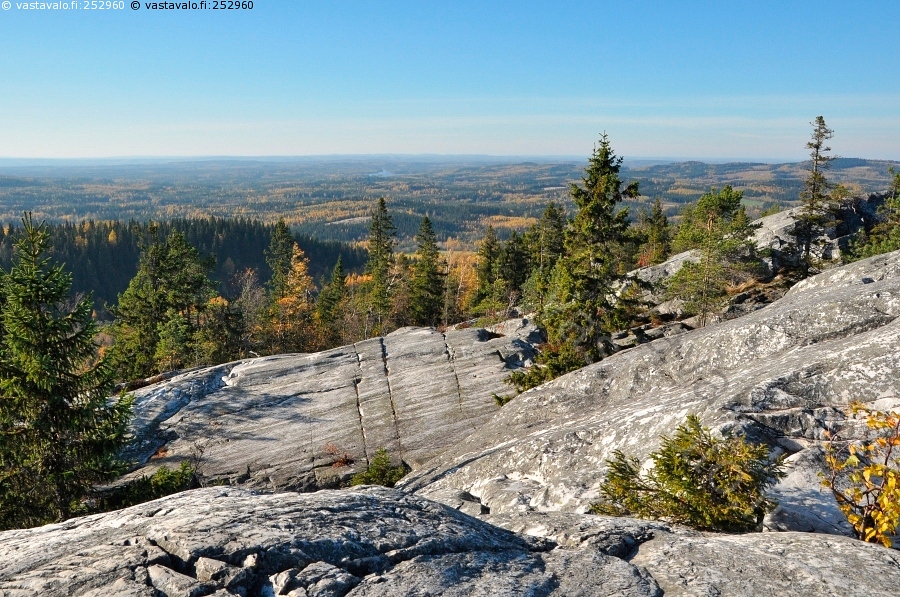
So whatever phenomena did those tracks in Turkey it didn´t need as much pressure as the ground were soft at the time. Flood perhaps and not even huge flood and few bigger rocks. I would like to see the direction on the map of these trails.


So whatever phenomena did those tracks in Turkey it didn´t need as much pressure as the ground were soft at the time. Flood perhaps and not even huge flood and few bigger rocks. I would like to see the direction on the map of these trails.
These tracks were carved out of the rock to facilitate transit over the rocks by carts on no doubt large wooden wheels. The depth of the tracks is a
give away.
Looks like and millions of years old confirmed, huh? I doubt that. If they haven't been investigated until the days of Internet its because they are
already explained.
Maybe it was the Krell or Robbie the Robot? Their city is underground and they are invisible now.
Maybe it was the Krell or Robbie the Robot? Their city is underground and they are invisible now.
a reply to: MerkabaMeditation
Love this, very interesting, I would love to compare them to cart tracks on Malta for size and width though the Maltese tracks are probably only a few thousand years old (Probably they continue out into the sea for quite some distance).
ancient-wisdom.co.uk...
Then Turkey is a fascinating place for other object's which may or may not be a lot older than accepted human chronology (which as we know is accepted only when it fit's the paradigm of accepted scholarship).
ronwyatt.com...
www.icr.org...
Personally I think that there is a hell of lot we do not know about the history of the human race and I think we or rather the 'terrestrial' human race is far older than is accepted.
Put's all those possible ruin's on mars and the moon into another perspective doesn't it.
Great thread
Love this, very interesting, I would love to compare them to cart tracks on Malta for size and width though the Maltese tracks are probably only a few thousand years old (Probably they continue out into the sea for quite some distance).
ancient-wisdom.co.uk...
Then Turkey is a fascinating place for other object's which may or may not be a lot older than accepted human chronology (which as we know is accepted only when it fit's the paradigm of accepted scholarship).
ronwyatt.com...
www.icr.org...
Personally I think that there is a hell of lot we do not know about the history of the human race and I think we or rather the 'terrestrial' human race is far older than is accepted.
Put's all those possible ruin's on mars and the moon into another perspective doesn't it.
Great thread
Sure looks similar to the trails in death Valley caused by stones pushed by wind. Just offering a possibility that this is the same phenomena just
happening in a wetter place of the world where the ruts would be deeper. These tracks also seem to head down the hill instead of on a flat plane like
in death Valley which may explain their deepness.
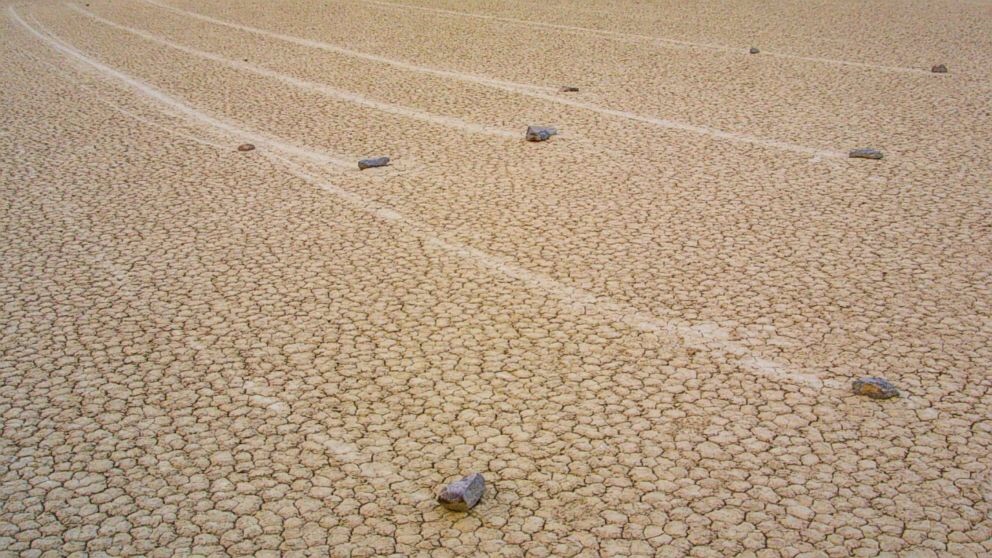

edit on 17-3-2015 by Greathouse because: (no reason given)
a reply to: Greathouse
Ah the famous wandering stone's, very unique condition's to make that happen and maybe even less likely as the cause of these track's even than some time travelling holiday maker driving a camper van through ancient turkey.
It is more likely therefore that someone or something was driving a vehicle or a cart there when the stone was soft as the Thread Author has correctly noted and that mean's people with vehicle's as the most likely cause, that said the age of the rut's is still a question and dating of the stone could be wrong, then again remember the Paloxy tracks far older than these and freshly exposed layers showing depression of sand grains that could only have been made by a size 11 footed human or something that walked exactly alike to a size 11 footed human, but even it the dating of the stone was wrong the tracks would still be very ancient, either way they are extremely intriguing.
Remember the Arthur C clark mysterious world show way back in the 70's - 80's when they were still trying to figure out how those stone's moved.
Ah the famous wandering stone's, very unique condition's to make that happen and maybe even less likely as the cause of these track's even than some time travelling holiday maker driving a camper van through ancient turkey.
It is more likely therefore that someone or something was driving a vehicle or a cart there when the stone was soft as the Thread Author has correctly noted and that mean's people with vehicle's as the most likely cause, that said the age of the rut's is still a question and dating of the stone could be wrong, then again remember the Paloxy tracks far older than these and freshly exposed layers showing depression of sand grains that could only have been made by a size 11 footed human or something that walked exactly alike to a size 11 footed human, but even it the dating of the stone was wrong the tracks would still be very ancient, either way they are extremely intriguing.
Remember the Arthur C clark mysterious world show way back in the 70's - 80's when they were still trying to figure out how those stone's moved.
edit on 17-3-2015 by LABTECH767 because: (no reason given)
a reply to: LABTECH767
I hope that was a typo. Because even though they were unique conditions on the planet earth in 5.3 million years they aren't all that unique.
I don't remember the Arthur C Clarke shows that wouldn't of been British by chance would it? But I do remember it on "In Search Of" and National Geographic specials on them. And they all proposed this idea, but no one had ever captured it on camera or actually witnessed it happening.
BTW Q: Do you know how to catch a unique rabbit?
A: Unique up on it! Lol
Ah the famous wandering stone's, very unique condition's to make that happen and maybe even less likely that some time travelling holiday maker driving a camper van through ancient turkey
I hope that was a typo. Because even though they were unique conditions on the planet earth in 5.3 million years they aren't all that unique.
I don't remember the Arthur C Clarke shows that wouldn't of been British by chance would it? But I do remember it on "In Search Of" and National Geographic specials on them. And they all proposed this idea, but no one had ever captured it on camera or actually witnessed it happening.
BTW Q: Do you know how to catch a unique rabbit?
A: Unique up on it! Lol
a reply to: Greathouse
I am not the most erudite of people, that said they are unique conditions and even given 5 million year's they are likely to have only existed in one or two location's similar to death valley and only when the climate and other factor's created the suitable convergence of like condition's so yes I do think they are extremely rare occurance's but there existence in nature does effectively argue they are a potential occurance so can not be argued out, then again they only cause surface scouring and very seldom neatly parallel track's of the same width and depth, so deep rut's like these are probably what they look like, tire, sled or cart rut's.
I am not the most erudite of people, that said they are unique conditions and even given 5 million year's they are likely to have only existed in one or two location's similar to death valley and only when the climate and other factor's created the suitable convergence of like condition's so yes I do think they are extremely rare occurance's but there existence in nature does effectively argue they are a potential occurance so can not be argued out, then again they only cause surface scouring and very seldom neatly parallel track's of the same width and depth, so deep rut's like these are probably what they look like, tire, sled or cart rut's.
edit on 17-3-2015 by LABTECH767 because: (no reason given)
originally posted by: LABTECH767
a reply to: Greathouse
I am not the most erudite of people, that said they are unique conditions and even given 5 million year's they are likely to have only existed in one or two location's similar to death valley and only when the climate and other factor's created the suitable convergence of like condition's so yes I do think they are extremely rare occurance's but there existence in nature does effectively argue they are a potential occurance so can not be argued out, then again they only cause surface scouring and very seldom neatly parallel track's of the same width and depth, so deep rut's like these are probably what they look like, tire, sled or cart rut's.
I apologize if you miss understood my replies . I did not intend them as an explanation I only meant it as a possibility.
a reply to: Greathouse
You have absolutely nothing to apologize for it was a damn fine solution, not one I would have picked but excellent nevertheless and it brought back some memory's for me so I actually like it.
You have absolutely nothing to apologize for it was a damn fine solution, not one I would have picked but excellent nevertheless and it brought back some memory's for me so I actually like it.
There's ruts all over the world that are not from millions of years ago. Malta is a front & center example, Misrah Ghar il-Kbir is a very well
known site. While one can argue the purpose is up in the air for various sites, crop irrigation channels does make the most sense (they didn't HAVE
garden hoses back then, people, gotta get larger volumes of water to the crop areas somehow) Worn in well-traveled wheel ruts is also a very plausible
theory (I see Oregon Trail ruts were already mentioned)
Still quite cool to see the various ruts. Heavy traffic use & ingenuity of the past never fail to ring home ancient people weren't simply stupid cave dwellers.
Still quite cool to see the various ruts. Heavy traffic use & ingenuity of the past never fail to ring home ancient people weren't simply stupid cave dwellers.
a reply to: MerkabaMeditation
This just proves that the dating of rocks and stone is not accurate, does not work and is not real science.
My 2 cents
This just proves that the dating of rocks and stone is not accurate, does not work and is not real science.
My 2 cents
originally posted by: IndependentOpinion
a reply to: MerkabaMeditation
This just proves that the dating of rocks and stone is not accurate, does not work and is not real science.
My 2 cents
No, it just proves that we can date the stone, but not the man-made alterations. To date those would mean we need a point of reference (such as a culture or settlement with an established date range) Anyone who tried to use the age of stones to date monuments, buildings, tools, etc is a fool. The stone will ALWAYS be older than whomever last touched it.
a reply to: Nyiah
There is a way, by dating the isotopic saturation of the surface layers looking for specific atmospheric isotopes it is possible to date worked stone, of course erosion complicates it as the older surface is eroded away revealing the layer beneath so only sheltered stone is really accurate and only as accurate as the argon-krypton dating allows.
in living/organic material carbon isotopes are dated and have a much narrower range.
Still that irrigation idea is very good and I could easily buy that one, it is more than possible but why two channel's side by side unless a sled using harder stone was used to work the channels and two side by side were used to provide stability and ensure the harder stone's being dragged kept there sharper end pointed down while the sled was pulled or pushed, of course then when was it irrigated and how long ago and then does this suggest agriculture in the region at an unknown time or is it more recent.
There is a way, by dating the isotopic saturation of the surface layers looking for specific atmospheric isotopes it is possible to date worked stone, of course erosion complicates it as the older surface is eroded away revealing the layer beneath so only sheltered stone is really accurate and only as accurate as the argon-krypton dating allows.
in living/organic material carbon isotopes are dated and have a much narrower range.
Still that irrigation idea is very good and I could easily buy that one, it is more than possible but why two channel's side by side unless a sled using harder stone was used to work the channels and two side by side were used to provide stability and ensure the harder stone's being dragged kept there sharper end pointed down while the sled was pulled or pushed, of course then when was it irrigated and how long ago and then does this suggest agriculture in the region at an unknown time or is it more recent.
edit on 17-3-2015 by LABTECH767 because: (no reason given)
originally posted by: IndependentOpinion
a reply to: MerkabaMeditation
This just proves that the dating of rocks and stone is not accurate, does not work and is not real science.
My 2 cents
Actually the dating of the rocks/stone was likely accurate. What you CAN'T do is date the tracks since they could have been made/worn in at any time since the rock was there.
But likely that does not fit your creationist view.....so let's just say that god created the tracks on the 3rd day.../sarcasm
a reply to: dollukka
That is exactly the same principle except the movement of the harder stone and the downward pressure was provided by the glaciers, the snow ball earth theory postulates a super glaciation that reached to the equator starting some 2.2 to 2.4 billion years ago and ending about 750 million years ago, indeed it is postulated by some we are merely in a prolonged global inter glaciation period.
That is exactly the same principle except the movement of the harder stone and the downward pressure was provided by the glaciers, the snow ball earth theory postulates a super glaciation that reached to the equator starting some 2.2 to 2.4 billion years ago and ending about 750 million years ago, indeed it is postulated by some we are merely in a prolonged global inter glaciation period.
originally posted by: MerkabaMeditation
Hundreds of vehicle tracks in bedrock have been found recently in Turkey, the bedrock has been dated to 5.3 million years old. The stone was perhaps soft and mudlike millions of years ago before turning into a hard rock.
Who made these tracks, and why are they not publically discussed by mainstream archeologists? Because they don't fit the current history of human kind, perhaps?
Or perhaps you are jumping to the conclusion that these are a) vehicle tracks and b) if they are, that they were made over 5 million years ago. What justification do you have for making these claims? Have you seen anything other than these pictures? Do you have any context at all? Of course not. You are so intent on trying to impugn the knowledge of archaeologists that you are making up stories. This is another one of those turds Skeptic Overlord claims to be exposing.
a reply to: LABTECH767
Weichselian ice age started about 115 000 years ago and ended about 11 500 years ago. This ice age was not as huge as previous ones but it´s ice coverage was quite large. If we think about when melting how much water it would release and how far away.
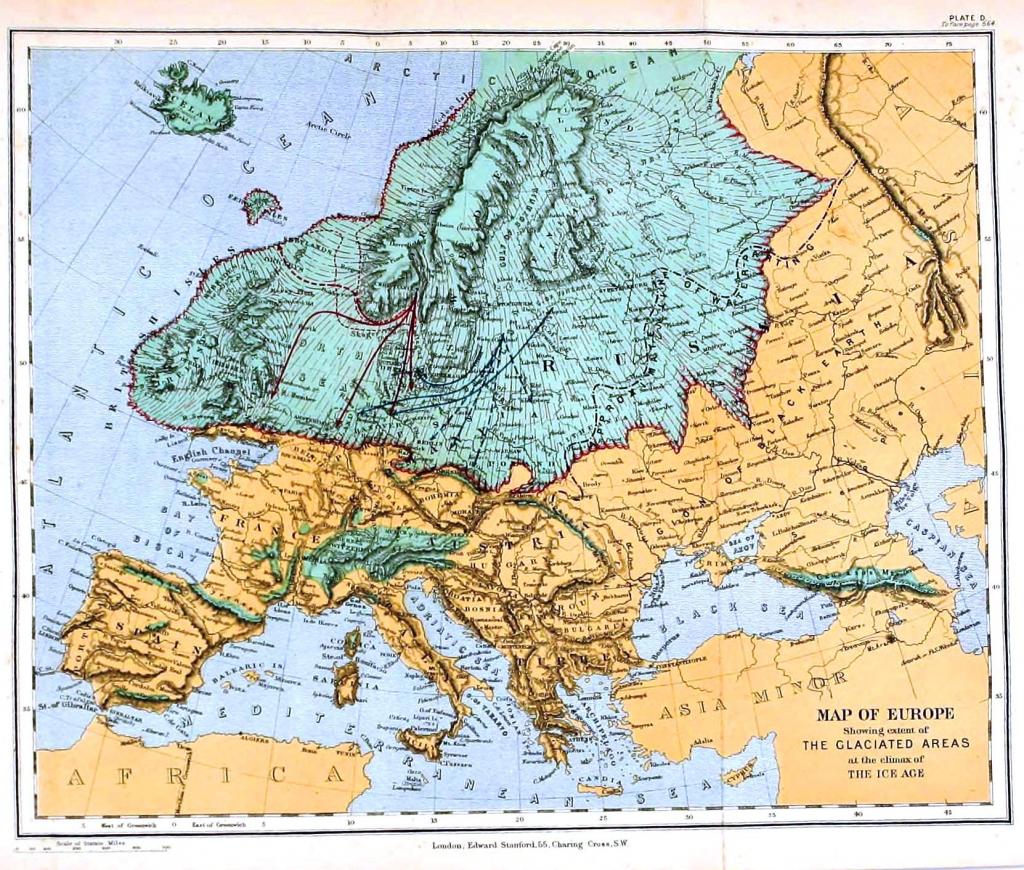
Turkey in other hand is between mediterranean sea and black sea and next map shows a bit what happens when water levels rise
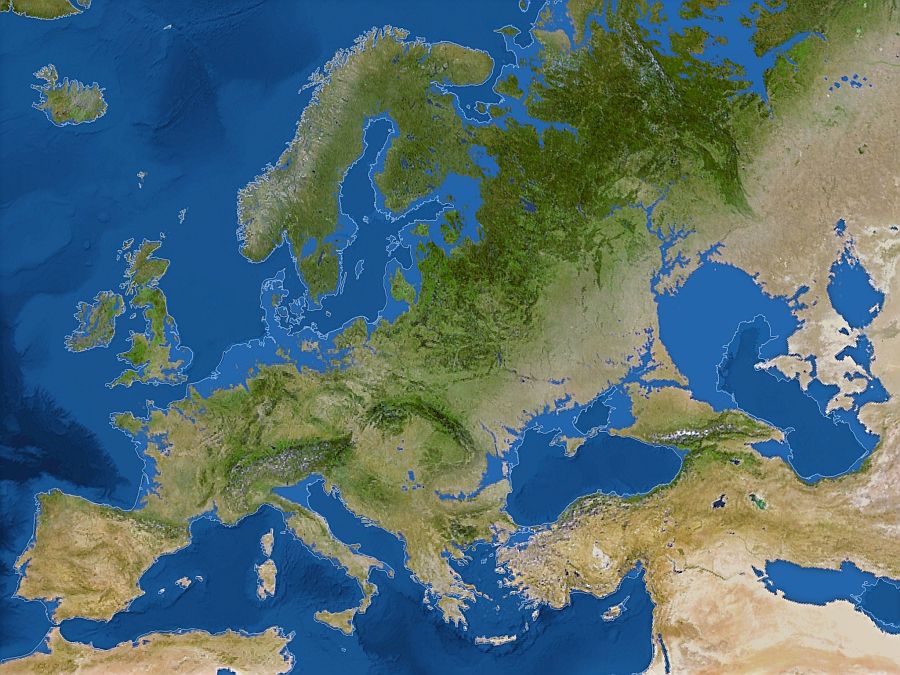
Just saying what we see in pictures could be due flooding
Weichselian ice age started about 115 000 years ago and ended about 11 500 years ago. This ice age was not as huge as previous ones but it´s ice coverage was quite large. If we think about when melting how much water it would release and how far away.

Turkey in other hand is between mediterranean sea and black sea and next map shows a bit what happens when water levels rise

Just saying what we see in pictures could be due flooding
The surface is likely the result of vulcanism in the first place, possibly an overflow of lava and/or volcanic ash, and if they are tracks could be
made easily enough on softish rock, or lava flows, or tubes themselves. The Phrygians are supposed to have done this over volcanic ash, but I don't
see why the need to make a meandering path where there is no need, which makes me think this rather even lava flows or tubes. The Phrygians could have
even took advantage of the paths, and used them as tracks, who knows?
To add,
This is the same area all nice and smooth and even, but there is not so much coherency of tracks, while it does look like for all its worth, an ancient lava flow, or exposed tubes.
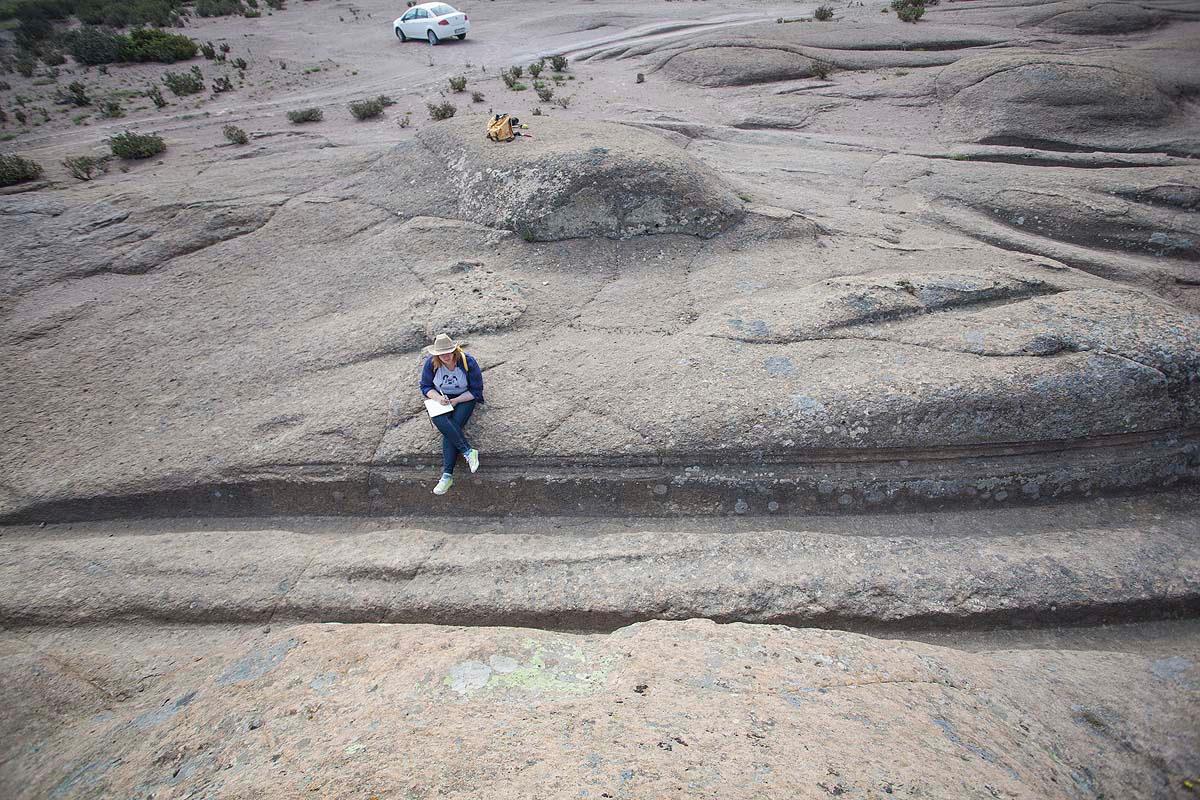
To add,
This is the same area all nice and smooth and even, but there is not so much coherency of tracks, while it does look like for all its worth, an ancient lava flow, or exposed tubes.

edit on 17-3-2015 by smurfy because: Picture.
new topics
-
Barron Trump has prior commitments?
Mainstream News: 2 hours ago -
Is Taco Bell Satanic?
Education and Media: 6 hours ago -
Scientists Find 7 potential Dyson spheres after Scanning 5 million Objects
Space Exploration: 7 hours ago -
Need help understanding the evolution of WHO as a power structure. Shades of the NWO...?
New World Order: 9 hours ago -
The geography of Eden
Religion, Faith, And Theology: 9 hours ago -
US 'Uniparty' officially throws Christians to the lions...
Conspiracies in Religions: 11 hours ago
top topics
-
REAL ID now a reality
General Conspiracies: 13 hours ago, 7 flags -
Scientists Find 7 potential Dyson spheres after Scanning 5 million Objects
Space Exploration: 7 hours ago, 5 flags -
'I couldn't cope with Britain anymore': Kurdish man pays smuggler to return him to France
Social Issues and Civil Unrest: 15 hours ago, 4 flags -
US 'Uniparty' officially throws Christians to the lions...
Conspiracies in Religions: 11 hours ago, 4 flags -
Is Taco Bell Satanic?
Education and Media: 6 hours ago, 3 flags -
Need help understanding the evolution of WHO as a power structure. Shades of the NWO...?
New World Order: 9 hours ago, 2 flags -
Barron Trump has prior commitments?
Mainstream News: 2 hours ago, 2 flags -
The geography of Eden
Religion, Faith, And Theology: 9 hours ago, 1 flags
active topics
-
JILL BIDEN says Joe Must Be Re-elected or We Lose Our Democracy.
2024 Elections • 82 • : Flyingclaydisk -
Is Taco Bell Satanic?
Education and Media • 20 • : Flyingclaydisk -
-@TH3WH17ERABB17- -Q- ---TIME TO SHOW THE WORLD--- -Part- --44--
Dissecting Disinformation • 939 • : nugget1 -
Barron Trump has prior commitments?
Mainstream News • 8 • : Flyingclaydisk -
President Bidens Health is Declining Faster 5.8.2024 - He Should Stay Home.
2024 Elections • 33 • : WeMustCare -
The geography of Eden
Religion, Faith, And Theology • 2 • : DISRAELI2 -
Candidate TRUMP Now Has Crazy Judge JUAN MERCHAN After Him - The Stormy Daniels Hush-Money Case.
Political Conspiracies • 1482 • : WeMustCare -
Multipal Solar Storms Coming Our Way This Weekend
Fragile Earth • 31 • : GenerationGap -
REAL ID now a reality
General Conspiracies • 27 • : TruthJava -
ISRAEL to Swap Hostages with HAMAS During a 4 Day Cease Fire - 11.21.2023
Middle East Issues • 67 • : ToneD
